Author Photo And Bio
Since books are not racehorses entered in identical events and bound for a common finish line, I don’t offer these as the “ten greatest novels.” The several attempts to come up with similar lists at the dawning of our latest millennium only proved the absurdity of such errands. I do feel strongly, however, that there are few other substantial works of fiction from any culture known to me which equal these ten in the depth of their wisdom or the efficiency of their prose (only three were originally written in a language other than English—Madame Bovary in French, Anna Karenina in Russian, and Doctor Faustus in German). I offer them in the hope of widening their readership, and I’ve listed them in the order of their first publication. They are all still in print. The fact that I’ve mentioned no novels of the recent past means only that I’m as yet uncertain of their durability, despite my conviction that American fiction, for instance, has never been richer than in the past fifty years.
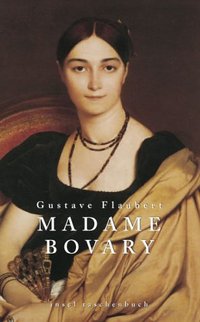 1. Madame Bovary by Gustave Flaubert (1857). Of the many nineteenth-century novels about adulteresses, only Madame Bovary features a heroine frankly detested by her author. Flaubert battled for five years to complete his meticulous portrait of extramarital romance in the French provinces, and he complained endlessly in letters about his love-starved main character—so inferior, he felt, to himself. In the end, however, he came to peace with her, famously saying, “Madame Bovary: c’est moi.” A model of gorgeous style and perfect characterization, the novel is a testament to how yearning for a higher life both elevates and destroys us.
1. Madame Bovary by Gustave Flaubert (1857). Of the many nineteenth-century novels about adulteresses, only Madame Bovary features a heroine frankly detested by her author. Flaubert battled for five years to complete his meticulous portrait of extramarital romance in the French provinces, and he complained endlessly in letters about his love-starved main character—so inferior, he felt, to himself. In the end, however, he came to peace with her, famously saying, “Madame Bovary: c’est moi.” A model of gorgeous style and perfect characterization, the novel is a testament to how yearning for a higher life both elevates and destroys us.
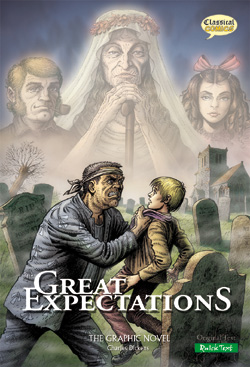 2. Great Expectations by Charles Dickens (1860–61). Dickens gives a twist to an ancient storyline—of the child of royal birth raised in humble surroundings. Looking back on his life, Pip describes his poor youth near marshes in rural England—his chance encounter with a murderous convict, his experiences with the strange Miss Havisham, who always wears a wedding dress, and his love for her beautiful adopted daughter Estella. As he approaches adulthood, Pip learns that he has a secret benefactor who arranges opportunities for him in London, wherein lies the tale, and the twist.
2. Great Expectations by Charles Dickens (1860–61). Dickens gives a twist to an ancient storyline—of the child of royal birth raised in humble surroundings. Looking back on his life, Pip describes his poor youth near marshes in rural England—his chance encounter with a murderous convict, his experiences with the strange Miss Havisham, who always wears a wedding dress, and his love for her beautiful adopted daughter Estella. As he approaches adulthood, Pip learns that he has a secret benefactor who arranges opportunities for him in London, wherein lies the tale, and the twist.
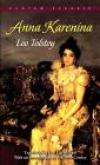 3. Anna Karenina by Leo Tolstoy (1877). Anna’s adulterous love affair with Count Vronsky—which follows an inevitable, devastating road from their dizzyingly erotic first encounter at a ball to Anna’s exile from society and her famous, fearful end—is a masterwork of tragic love. What makes the novel so deeply satisfying, though, is how Tolstoy balances the story of Anna’s passion with a second semiautobiographical story of Levin’s spirituality and domesticity. Levin commits his life to simple human values: his marriage to Kitty, his faith in God, and his farming. Tolstoy enchants us with Anna’s sin, then proceeds to educate us with Levin’s virtue.
3. Anna Karenina by Leo Tolstoy (1877). Anna’s adulterous love affair with Count Vronsky—which follows an inevitable, devastating road from their dizzyingly erotic first encounter at a ball to Anna’s exile from society and her famous, fearful end—is a masterwork of tragic love. What makes the novel so deeply satisfying, though, is how Tolstoy balances the story of Anna’s passion with a second semiautobiographical story of Levin’s spirituality and domesticity. Levin commits his life to simple human values: his marriage to Kitty, his faith in God, and his farming. Tolstoy enchants us with Anna’s sin, then proceeds to educate us with Levin’s virtue.
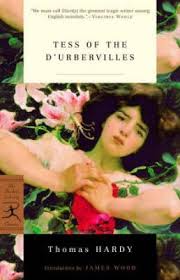 4. Tess of the D’Urbervilles by Thomas Hardy (1891). When Tess’s mother learns that her humble family has lofty bloodlines, she sends her daughter out to cadge funds and land a rich husband. Instead Tess suffers cruel mistreatment and becomes pregnant. The baby’s death unleashes torrents of grief, guilt, and religious doubt. However, Hardy’s grim tale is lightened by his loving descriptions of the English landscape and his humorous rendering of local talk.
4. Tess of the D’Urbervilles by Thomas Hardy (1891). When Tess’s mother learns that her humble family has lofty bloodlines, she sends her daughter out to cadge funds and land a rich husband. Instead Tess suffers cruel mistreatment and becomes pregnant. The baby’s death unleashes torrents of grief, guilt, and religious doubt. However, Hardy’s grim tale is lightened by his loving descriptions of the English landscape and his humorous rendering of local talk.
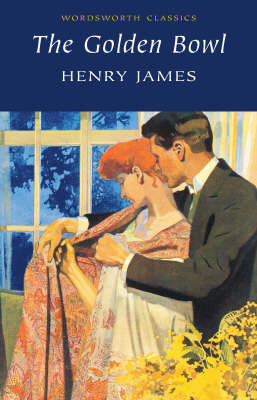 5. The Golden Bowl by Henry James (1904).Great chess players used to test their skills by playing several matches at once. A similar sense of multiple levels and strategies animates James’s final completed novel. An impoverished Italian prince marries the daughter of a fabulously wealthy American art collector, who in turn marries the daughter’s best friend, who was once (unbeknownst to father and daughter) the prince’s lover. James examines one of his signature themes—the terrible vulnerability of love to betrayal—in this vertiginous, psychologically acute work.
5. The Golden Bowl by Henry James (1904).Great chess players used to test their skills by playing several matches at once. A similar sense of multiple levels and strategies animates James’s final completed novel. An impoverished Italian prince marries the daughter of a fabulously wealthy American art collector, who in turn marries the daughter’s best friend, who was once (unbeknownst to father and daughter) the prince’s lover. James examines one of his signature themes—the terrible vulnerability of love to betrayal—in this vertiginous, psychologically acute work.
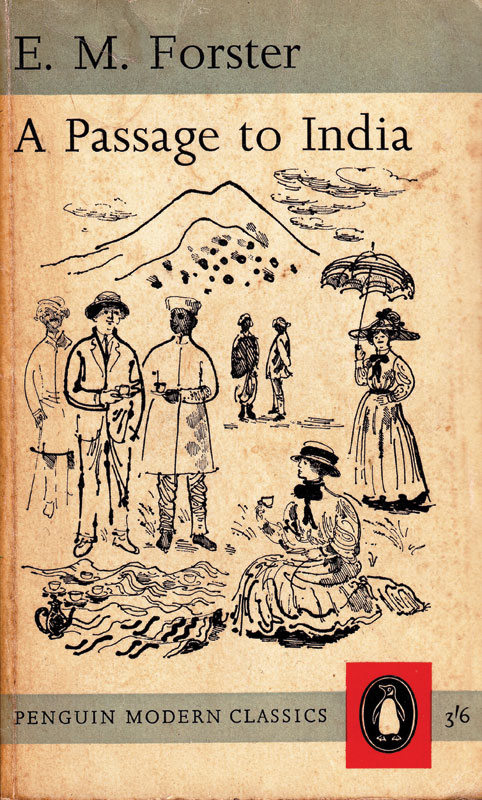 6. A Passage to India by E. M. Forster (1924). A handful of English people searching for the “real” India get far more than they bargained for—up to and including a terrifying transcendental experience in a very dark cave. Forster’s novel of the Raj is infused with a generous, liberal humanism; the author writes like a man determined that Indians should populate a novel of India, and he succeeds in this beautifully imagined portrait of both colonizer and colonized.
6. A Passage to India by E. M. Forster (1924). A handful of English people searching for the “real” India get far more than they bargained for—up to and including a terrifying transcendental experience in a very dark cave. Forster’s novel of the Raj is infused with a generous, liberal humanism; the author writes like a man determined that Indians should populate a novel of India, and he succeeds in this beautifully imagined portrait of both colonizer and colonized.
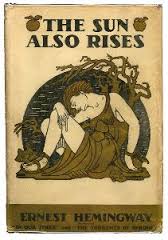 7. The Sun Also Rises by Ernest Hemingway (1926). Hemingway’s first novel recounts the revels and misadventures of the expatriate community—including the introspective writer Jake Barnes and the tantalizingly elusive divorcée Lady Brett Ashley—in Paris and in Spain’s bullfighting centers. For all their wit, wealth, or social clout and despite their rounds of drunkenness and debauchery as repetitious as the sun’s daily rising, Hemingway’s jaded, morally bankrupt characters can’t get no satisfaction.
7. The Sun Also Rises by Ernest Hemingway (1926). Hemingway’s first novel recounts the revels and misadventures of the expatriate community—including the introspective writer Jake Barnes and the tantalizingly elusive divorcée Lady Brett Ashley—in Paris and in Spain’s bullfighting centers. For all their wit, wealth, or social clout and despite their rounds of drunkenness and debauchery as repetitious as the sun’s daily rising, Hemingway’s jaded, morally bankrupt characters can’t get no satisfaction.
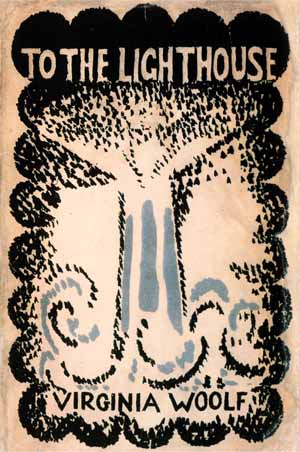 8. To the Lighthouse by Virginia Woolf (1927). The Ramsays and their eight children vacation with an assortment of scholarly and artistic houseguests by the Scottish seaside. Mainly set on two days ten years apart, the novel describes the loss, love, and disagreements of family life while reaching toward the bigger question—“What is the meaning of life?”—that Woolf addresses in meticulously crafted, modernist prose that is impressionistic without being vague or sterile.
8. To the Lighthouse by Virginia Woolf (1927). The Ramsays and their eight children vacation with an assortment of scholarly and artistic houseguests by the Scottish seaside. Mainly set on two days ten years apart, the novel describes the loss, love, and disagreements of family life while reaching toward the bigger question—“What is the meaning of life?”—that Woolf addresses in meticulously crafted, modernist prose that is impressionistic without being vague or sterile.
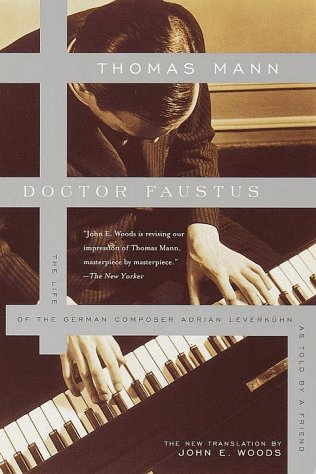 9. Doctor Faustus by Thomas Mann (1947). Mann retells the Faust legend as the story of wunderkind composer Adrian Leverkühn, who trades his human feeling for a brilliant career and demonic inspiration. Leverkühn’s biography, narrated by a faithful childhood friend from the vantage point of 1943 Germany, serves as a symbolic commentary on a nation’s cultural hubris and downfall. Mann probes the complex tensions between aesthetics and morality, culture and politics, in his trademark dense, precise, endlessly qualified prose. Given his theme—the culpability of genius in the sins of his society—the narrator’s almost infuriatingly overscrupulous command of language assumes a redemptive gravitas.
9. Doctor Faustus by Thomas Mann (1947). Mann retells the Faust legend as the story of wunderkind composer Adrian Leverkühn, who trades his human feeling for a brilliant career and demonic inspiration. Leverkühn’s biography, narrated by a faithful childhood friend from the vantage point of 1943 Germany, serves as a symbolic commentary on a nation’s cultural hubris and downfall. Mann probes the complex tensions between aesthetics and morality, culture and politics, in his trademark dense, precise, endlessly qualified prose. Given his theme—the culpability of genius in the sins of his society—the narrator’s almost infuriatingly overscrupulous command of language assumes a redemptive gravitas.
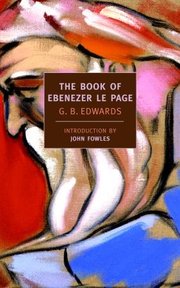 10. The Book of Ebenezer Le Page by G. B. Edwards (1981). The delight of this novel, set in England’s Channel Islands, is the cranky voice of its eponymous narrator. Recalling his long life on the isolated island, the farmer/fisherman Le Page describes his world on a local scale: family squabbles, romances, deaths. But history on a grander scale intrudes through the German occupation during World War II. “What a big fool this world is,” Le Page declares in an account of human folly suffused with wisdom.
10. The Book of Ebenezer Le Page by G. B. Edwards (1981). The delight of this novel, set in England’s Channel Islands, is the cranky voice of its eponymous narrator. Recalling his long life on the isolated island, the farmer/fisherman Le Page describes his world on a local scale: family squabbles, romances, deaths. But history on a grander scale intrudes through the German occupation during World War II. “What a big fool this world is,” Le Page declares in an account of human folly suffused with wisdom.